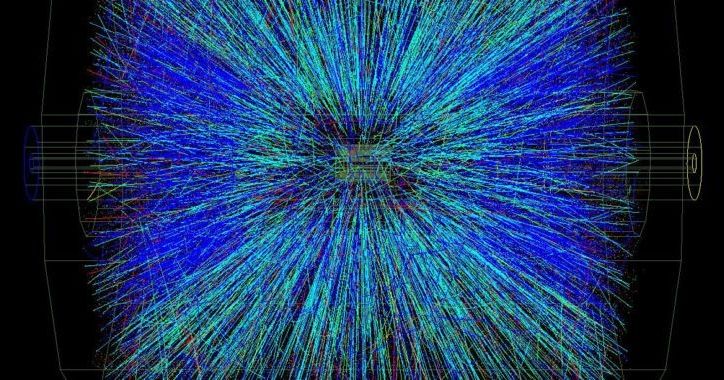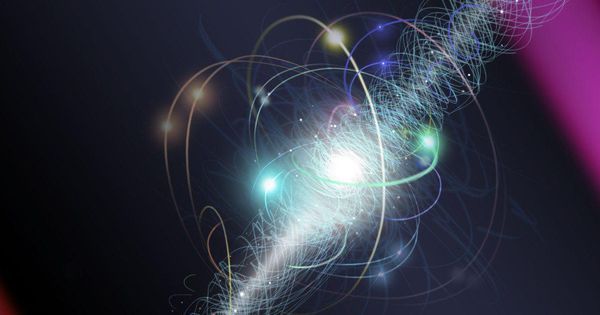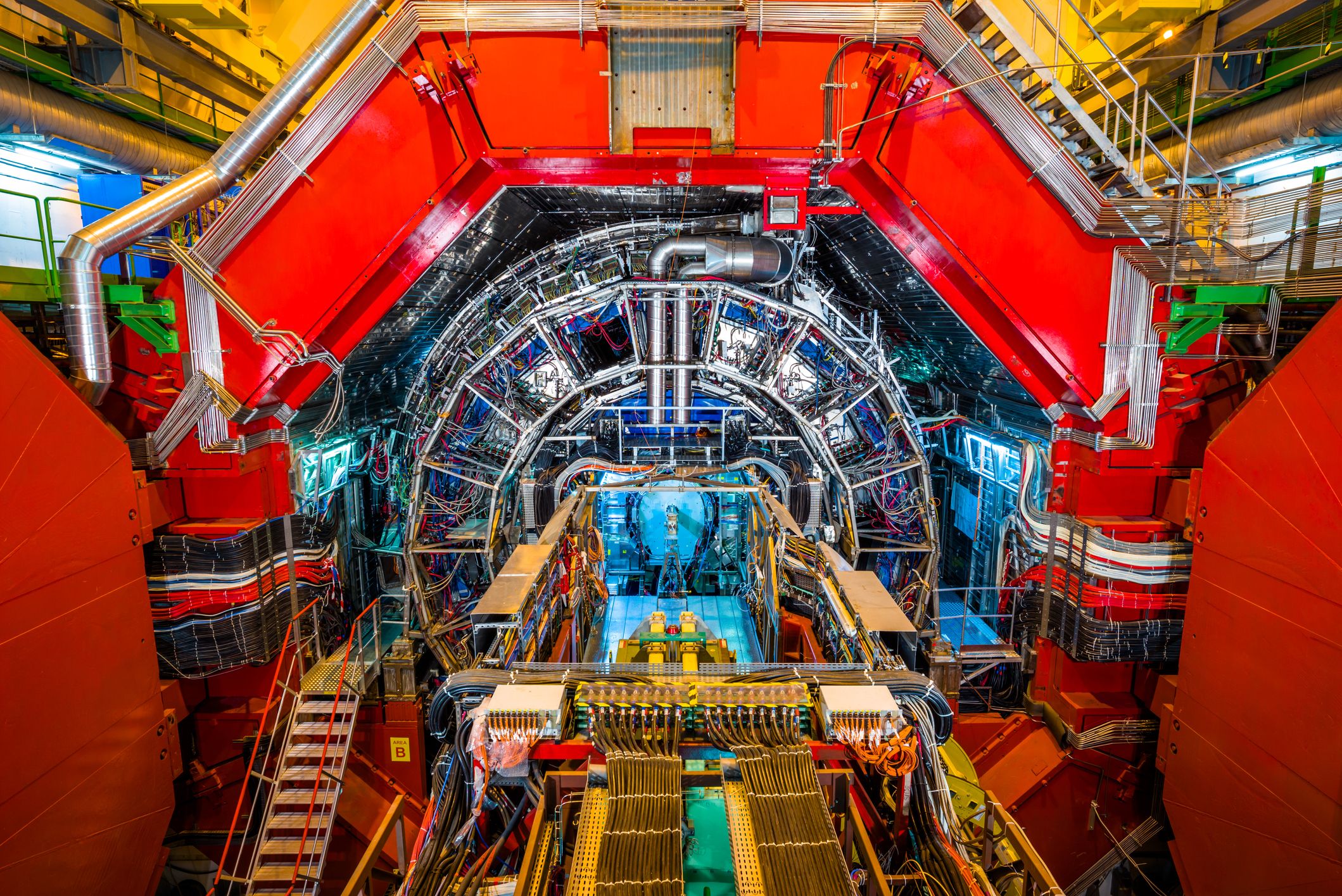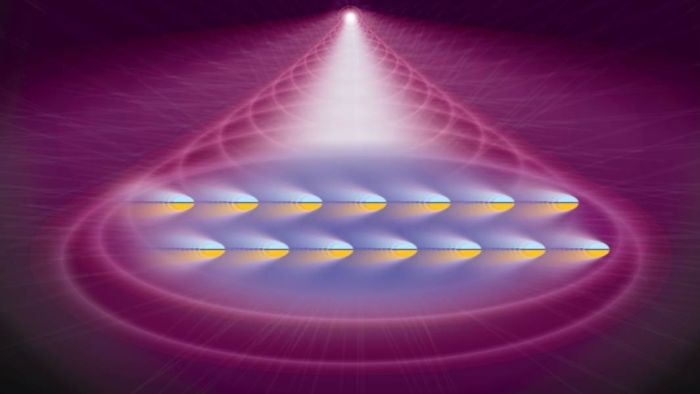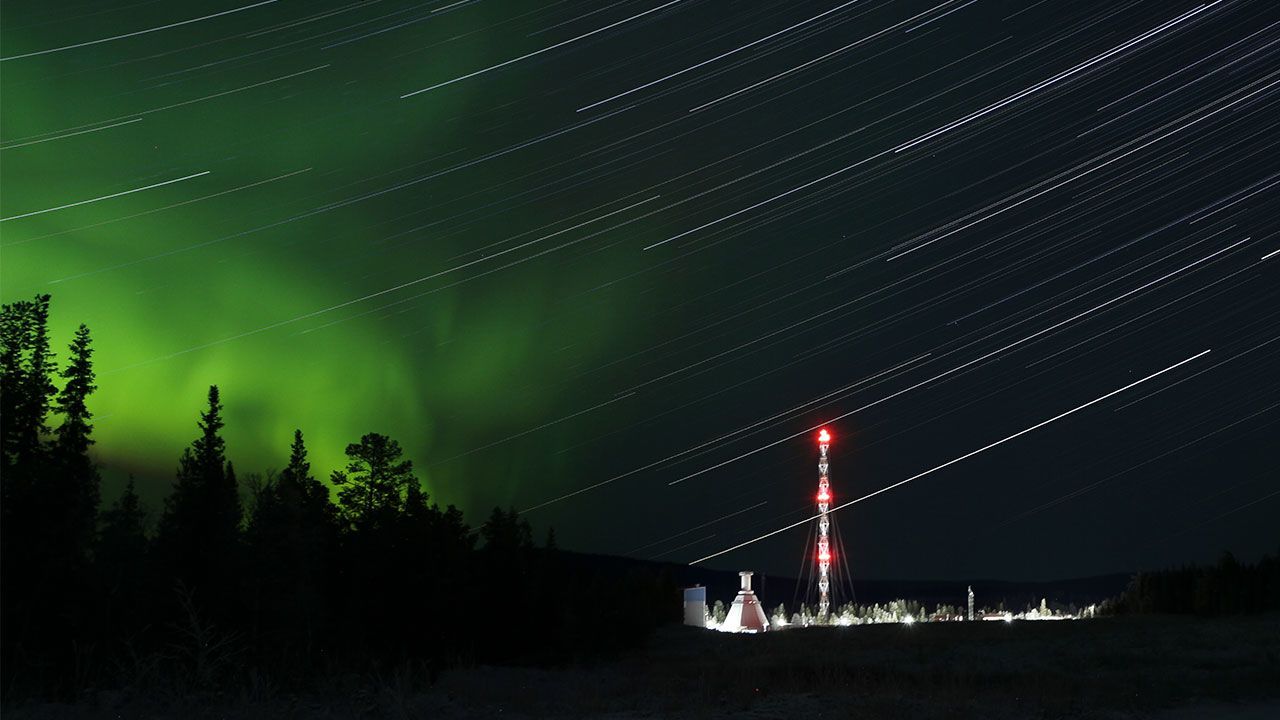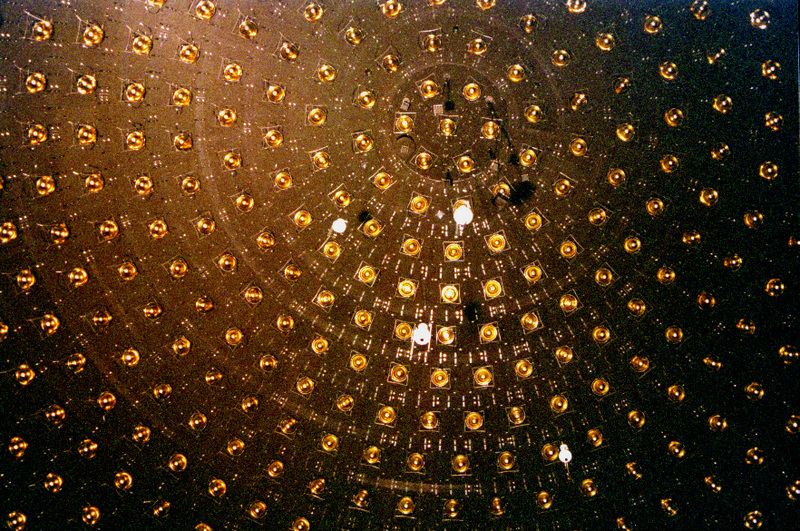Archive for the ‘particle physics’ category: Page 453
These international projects, selected during the process to plan the future of US particle physics, are all set to come online within the next 10 years.
Oct 22, 2018
How Does The ‘Shape’ Of An Electron Limit Particle Physics?
Posted by Genevieve Klien in category: particle physics
The ACME experiment has released new result showing the “roundness” of the electron, which are touted as a test of fundamental physics theories. How does that work, anyway?
Oct 21, 2018
Why are particle physicists so keen to find the Higgs boson?
Posted by Genevieve Klien in category: particle physics
This elementary particle was confirmed by Large Hadron Collider experiments at CERN in 2012 — but what’s the big deal?
Oct 20, 2018
Artificial intelligence better than physicists at designing quantum science experiments
Posted by Klaus Baldauf in categories: particle physics, quantum physics, robotics/AI, science
Perhaps physicists should leave human intuition at the laboratory door when designing quantum experiments too.
An Australian crew enlisted the help of a neural network — a type of artificial intelligence — to optimise the way they capture super-cold atoms.
Usually, physicists smoothly tune lasers and magnetic fields to gradually coax atoms into a cloud, according to study co-author Ben Buchler from the Australian National University.
Oct 18, 2018
Rare state of matter is created in space for the first time
Posted by Genevieve Klien in categories: particle physics, space
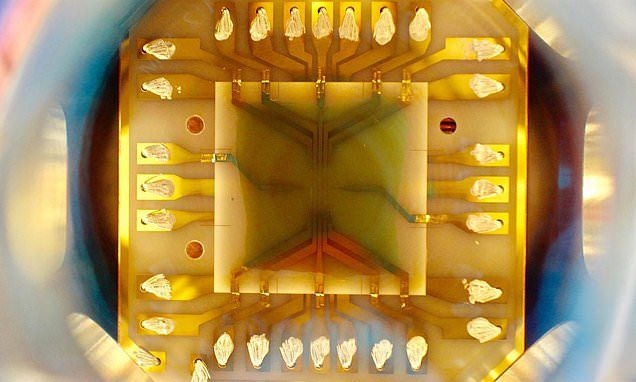
The German space agency DLR carried out the tests in January last year on the MAIUS 1 rocket, beating NASA’s Cold Atom Laboratory who have also since produced a BEC in space.
The findings have been published this week in the journal Nature.
Continue reading “Rare state of matter is created in space for the first time” »
Oct 17, 2018
Weird state of matter produced in space for first time
Posted by Genevieve Klien in categories: particle physics, space
Oct 16, 2018
The Higgs Boson May Have Saved Our Universe from Cosmic Collapse. For Now
Posted by Genevieve Klien in categories: cosmology, particle physics
Our universe is permeated with a vast, unseen force that seems to oppose gravity. Physicists call this force dark energy, and it is thought to be constantly pushing our universe outward.
But in June, a group of physicists published a paper in the preprint journal arXiv implying that dark energy changes over time. This means that the universe will not expand forever but might eventually collapse into the size it was before the Big Bang.
Almost immediately, however, physicists found problems with the theory: Several independent groups subsequently published papers that suggested revisions to the conjecture. Now, a paper published on Oct. 2 in the journal Physical Review D suggests that, as it stands, the original conjecture can’t be true because it can’t explain the existence of the Higgs boson — which we know exists, thanks to the Large Hadron Collider, the massive particle collider on the border between France and Switzerland. [Beyond Higgs: 5 Elusive Particles That May Lurk in the Universe].
Oct 16, 2018
Physics: Not everything is where it seems to be
Posted by Genevieve Klien in categories: particle physics, quantum physics, space
Scientists at TU Wien, the University of Innsbruck and the ÖAW have for the first time demonstrated a wave effect that can lead to measurement errors in the optical position estimation of objects. The work now published in Nature Physics could have consequences for optical microscopy and optical astronomy, but could also play a role in position measurements using sound, radar, or gravitational waves.
With modern optical imaging techniques, the position of objects can be measured with a precision that reaches a few nanometers. These techniques are used in the laboratory, for example, to determine the position of atoms in quantum experiments.
“We want to know the position of our quantum bits very precisely so that we can manipulate and measure them with laser beams,” explains Gabriel Araneda from the Department of Experimental Physics at the University of Innsbruck.
Oct 15, 2018
Have We Already Detected a Dark Matter Particle?
Posted by Genevieve Klien in categories: cosmology, particle physics
Dark matter supposedly makes up 85% of the matter in the universe, but so far, efforts to catch hypothesized dark matter particles have all ended in failure. Weakly interacting massive particles (WIMPs) are no-shows at grand experiments housed in Italy, Canada, and the United States. Even tinier axions have not been detected either. Neutralinos, born out of supersymmetry, may look nice on paper but so far have no bearing on reality.
